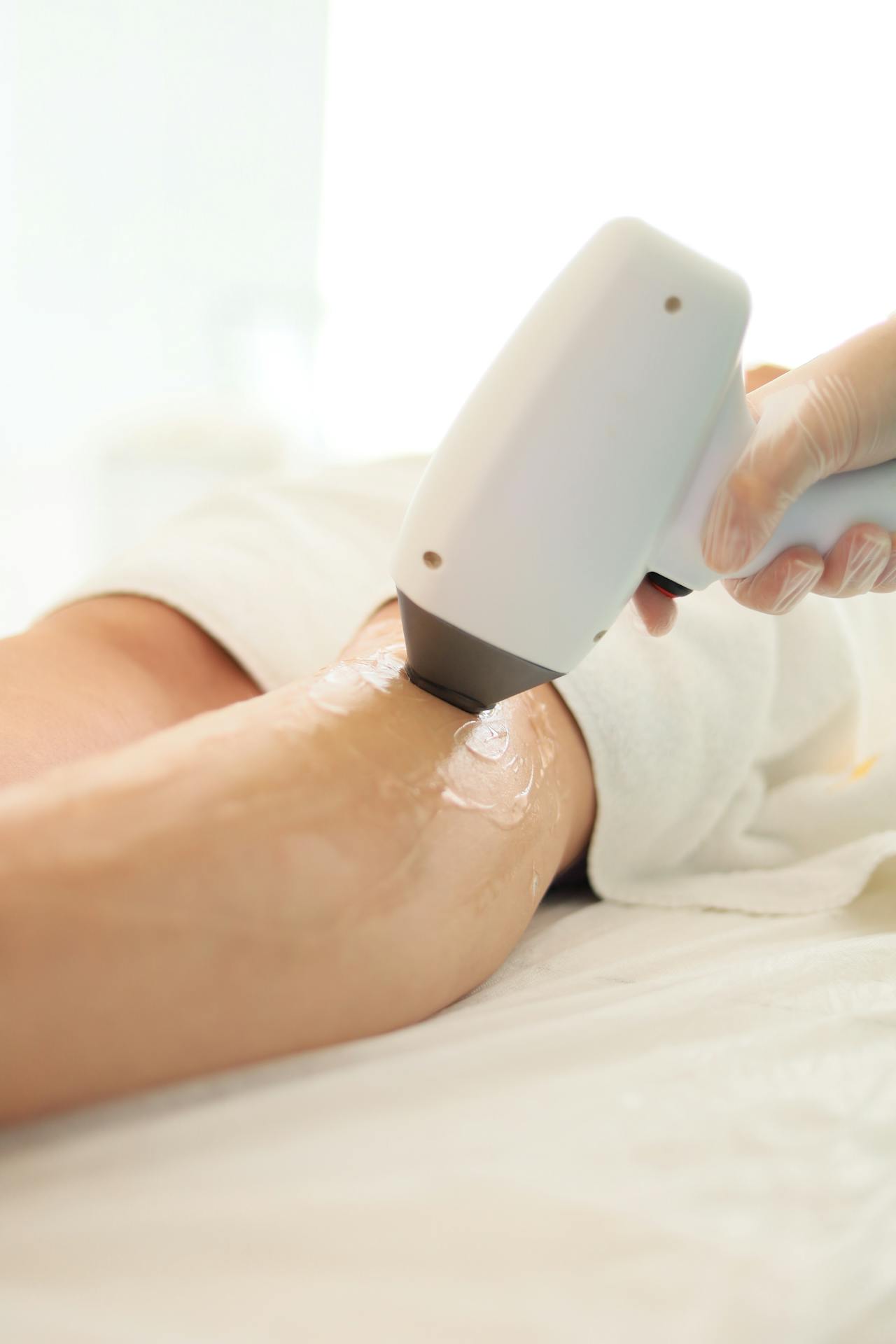
Key Takeaways:
- Understanding the basics of hair removal options.
- Advantages of laser hair removal over traditional methods.
- Insight into the best practices and expectations.
- Step-by-step guide to choosing the right hair removal method for you.
Introduction to Hair Removal
For many, the quest for smooth, hair-free skin is a continual challenge. Traditional methods like shaving and waxing can be time-consuming and often result in undesirable side effects such as ingrown hairs, razor burns, and skin irritation. The world of hair removal is vast, encompassing numerous techniques, each with advantages and drawbacks. This article delves into these methods, providing comprehensive insights into traditional practices and shedding light on more modern solutions like laser hair removal.
Traditional Methods: Shaving, Waxing, and Epilating
Shaving, waxing, and epilating are the most commonly used hair removal techniques, each with unique appeal. However, they also come with certain drawbacks that can make the hair removal process less than ideal:
- Shaving: Quick and painless but can lead to razor burns, cuts, and frequent regrowth. Daily or every-other-day shaving can become tedious, especially for those with thick or fast-growing hair.
- Waxing: Results in smoother skin lasting longer than shaving, but can be painful and cause ingrown hairs. Additionally, it can lead to skin irritation, particularly in sensitive areas.
- Epilating: An electrical device with a rotating head removes hair by grabbing multiple hairs and pulling them out from the roots. While effective, it can be painful and cause skin irritation or redness.
Laser Hair Removal: How It Works
Laser hair removal has become increasingly popular because of its efficiency and durability. This method uses concentrated light beams, or lasers, to target hair follicles, reducing hair growth significantly over time. According to a WebMD overview, the pigment in the hair absorbs the laser’s energy, damaging the follicle and inhibiting future growth. This process is particularly effective on darker, coarser hair and is commonly used on the legs, underarms, bikini line, and face.
Benefits of Laser Hair Removal
The advantages of laser hair removal over conventional techniques are numerous. It is a favored choice for many people looking for a more long-term treatment to unwanted hair because of these benefits:
- Long-lasting Results: It significantly reduces hair growth after several treatment sessions. Once the hair follicles are damaged, the growth rate slows, and the hair becomes finer and less noticeable.
- Precision: The laser technology effectively targets dark, coarse hairs without damaging the surrounding skin. This precision makes it ideal for treating both small and large areas.
- Speed: The laser may cure several hairs at once with a single pulse that takes only a few seconds. This solution saves time compared to more conventional approaches because of its efficiency.
A Healthline article highlights that with each session, hair grows back finer and lighter, enhancing the overall effectiveness of the treatment.
Preparing for a Laser Hair Removal Treatment
A effective laser hair removal procedure requires preparation. Preparing your skin correctly reduces the possibility of adverse effects and guarantees the efficacy of the therapy. The following are some crucial actions to take:
- To lower the chance of problems, avoid being in the sun for at least six weeks before to treatment.
- Avoid using other hair removal techniques, such as plucking or waxing, as these techniques eliminate the hair follicle at which the laser is aimed.
- Shave the treatment area a day before your appointment to allow the laser to focus on the hair follicles beneath the skin.
Safety and Side Effects
Although laser hair removal is usually safe, certain negative consequences can occur. You can have a more enjoyable experience if you are aware of these negative effects and know how to handle them:
- Temporary Irritation: Redness and swelling are common side effects that usually subside within a few hours to a few days. Applying aloe vera or cold compresses can help soothe the skin.
- Pigment Changes: Laser treatment might cause temporary changes in the treated area, such as darkening or lightening, but these changes usually fade over time.
- Rare Side Effects: In rare cases, more severe effects, like blisters or scarring, might occur, primarily if the procedure is not performed by a certified professional.
What to Expect Post-Treatment
After your laser hair removal session, it’s essential to follow specific aftercare instructions to ensure optimal results:
- Use sunscreen and steer clear of the sun to protect the treated area.
- To encourage recovery, keep the treated area hydrated and clean.
- Refrain from strenuous exercise that may cause excessive sweating for at least 24 hours post-treatment.
Conclusion
Laser hair removal is a terrific solution for getting rid of unwanted hair hassle-free and long-lasting. You can confidently enjoy smooth, hair-free skin by being aware of the procedure, being well-prepared, and taking proper care of your skin thereafter. Seeking advice from an accredited specialist regarding laser hair removal could be the best option if you are considering a more permanent procedure.
